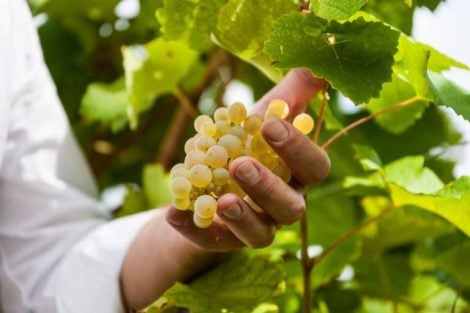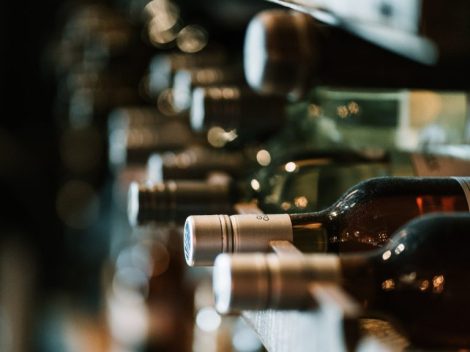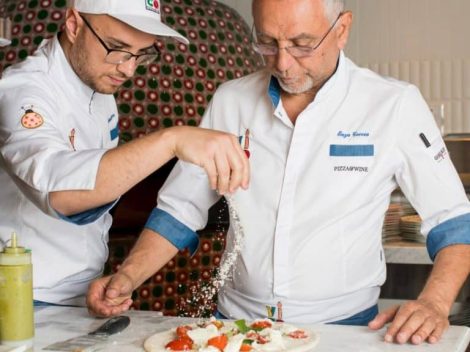They call it "the balcony of Monferrato" because, from its 549 meters above sea level, it offers an incredible panorama of woods, vineyards, and mountains. We're talking about Albugnano, a tiny municipality in the Asti area that, since 1997, has also boasted a little-known Denomination of Controlled Origin.
Albugnano: the territory
One of the issues we mentioned a few years ago, the "nebbiolization" of the Langhe vineyards, has turned into a great opportunity for new territories that, taking advantage of the success garnered by the grape variety, have pressed the accelerator, increasing the hectares dedicated to it. We think particularly of lesser-known denominations or even territories of very recent recognition. Historically, Nebbiolo was also present in Turin and Monferrato, but today, with the emergence of new denominations or the modification of existing ones, Nebbiolo is gaining prominence. In Monferrato, across much of the provinces of Asti and Alessandria, numerous vintners have planted it, managing to produce wines of growing interest, with some truly remarkable highlights.
This is the case of Albugnano DOC, whose production area is quite restricted and involves four municipalities in north-western Monferrato: Castelnuovo Don Bosco, Passerano Marmorito, Pino d'Asti, and obviously Albugnano. It's a zone of rather high hills, composed of light-colored marl with medium texture, where superficial levels sometimes reveal tuffaceous and sandy sections. Vineyards often alternate with woods, an element that, along with the altitude, keeps the area quite cool. The vineyards start at altitudes around 200 meters and rise to 540 meters, contributing to the varied productions of the companies that work and protect the territory.
The Albugnano denomination and the wines produced
The history of Albugnano wines is ancient, with the first written documents referring to winemaking dating back to the mid-12th century AD. But the turning point came in 1997 when the Denomination of Controlled Origin was officially recognized in the Official Gazette. The Albugnano DOC includes three types of wine: Albugnano, Albugnano Rosato, and Albugnano Superiore (which must age in oak barrels for at least 12 months).
The main grape variety used to produce the wines of this small denomination (around 44 hectares) is Nebbiolo, which must make up at least 85% of the wine (though often producers choose to use it in purity). The remaining 15% can include Freisa, Barbera, and Bonarda, either alone or combined. To protect and promote the name and wines of this small denomination, in 2017, some local producers founded the Albugnano 549 association, which today includes 14 producers.
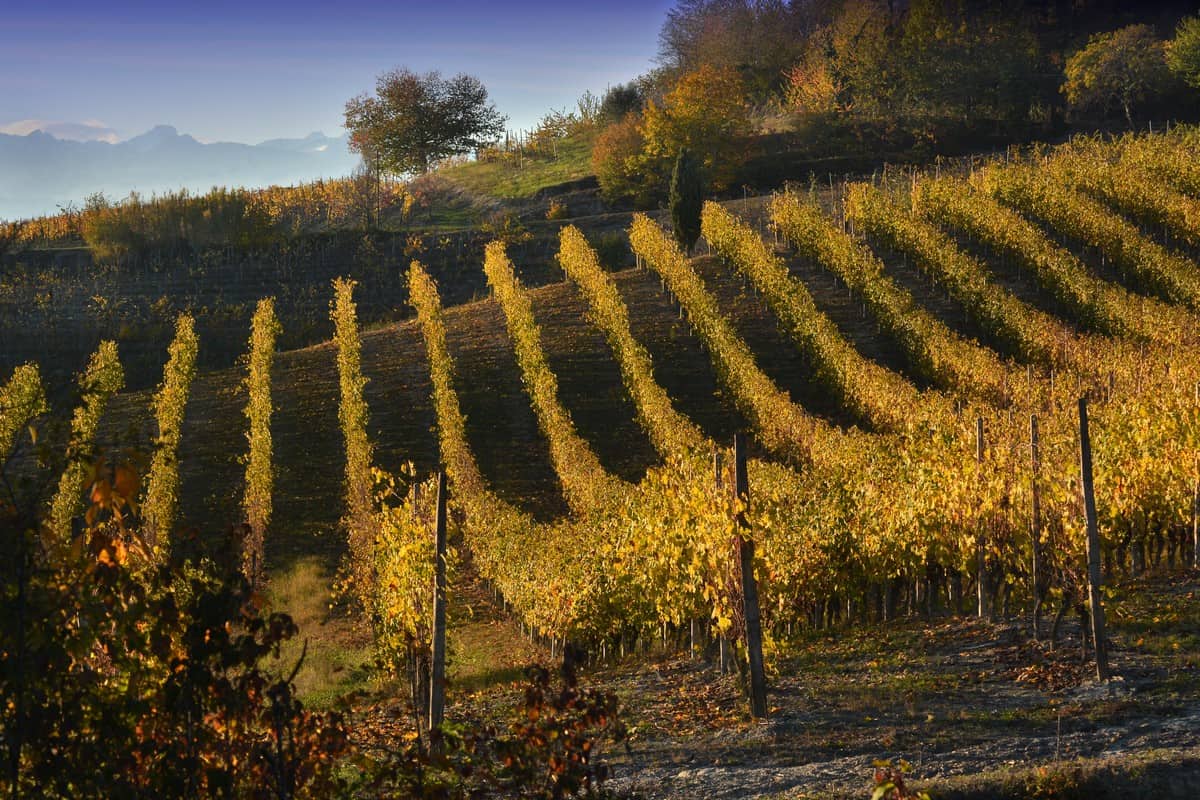
Currently, the production of Albugnano DOC is in the hands of a few farmers and some enlightened entrepreneurs. But once word spreads, we might see a new gold rush, similar to what happened with Tortonese, attracting numerous vintners from much more famous Piedmontese wine regions. The only limitation could be the small extent of the Albugnano area.
The best Albugnano DOC wines
Here are the best expressions of Albugnano DOC, with wines that have received Due Bicchieri Rossi or Due Bicchieri in the 2024 Gambero Rosso Italian Wines guide.
The oenological project of Marco Negro and Carlo Quaglia is decidedly well-structured: a production center in Agliano dedicated to Barbera and one in Albugnano for Nebbiolo. The Berenices 2021 has an extremely refined nose (red fruit, pepper, and violet) and a palate with silky tannins.
The Albugnano Superiore Notturno 2021 has a complex nose of red fruit and ginger, a fleshy and soft palate, with a long and fresh finish. Paolo Vergnano, son of Gianni, founder of the Cascina Gilli winery, continues the work of rediscovering little-known but highly interesting terroirs, aided by Giovanni Matteis and Gianpiero Gerbi. The winery is located in Castelnuovo Don Bosco, where the soil rich in gray-blue marls gives volume and minerality to the production, mostly of Freisa, especially on the Cornareto hill. On the nearby hill of Schierano, in Passerano Marmorito, Malvasia, Bonarda, and Barbera are the main varieties.
The wines presented this year by Tenuta Tamburnin, which has been owned by the Gaidano sisters since 2004 and is certified organic, are of excellent quality. Of the twenty hectares owned, nine are vineyards surrounding the winery, on clayey-iron-rich soils with red clay. The Albugnano Carlin 2021 offers notes of raspberry and tobacco, harmonious and very drinkable, while the Superiore 2019 is more austere, gritty, and tannic.
Two elegant Albugnano 2018 wines from the Terre dei Santi winery: the refined and full-bodied Ultimum, rich in fruity (raspberry) and spicy (white pepper) aromas with progressive and harmonious tannins. The Finibus Terrae is slightly more delicate. All the wines in the Finibus Terrae line are of excellent quality.

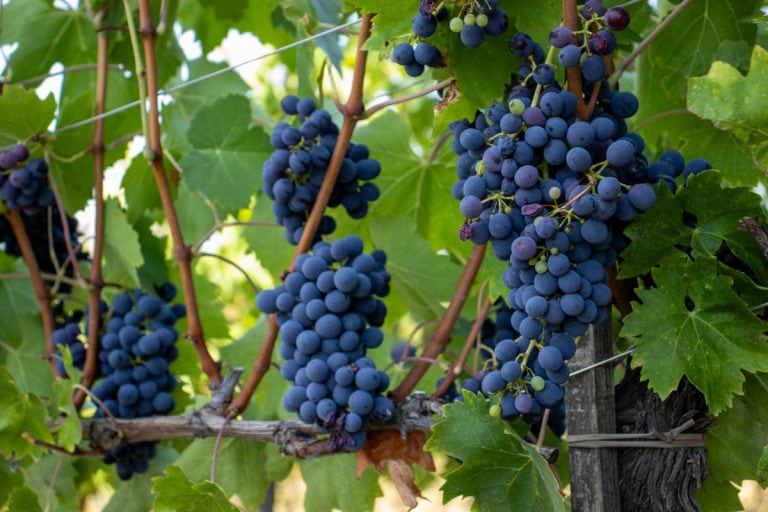
 Non-alcoholic wines? Call them what you want, but they’re still a derivative of wine.” An Interview with Martin Foradori
Non-alcoholic wines? Call them what you want, but they’re still a derivative of wine.” An Interview with Martin Foradori The 8 best Trentodoc wines chosen by Gambero Rosso
The 8 best Trentodoc wines chosen by Gambero Rosso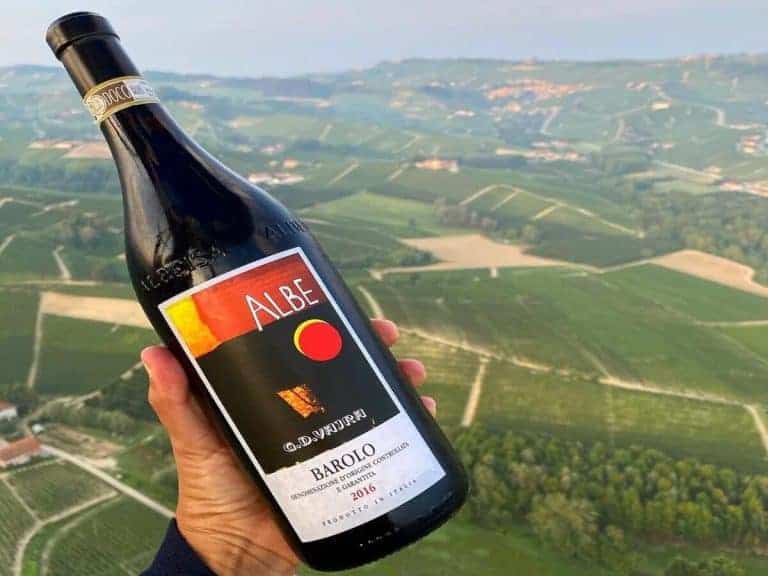 A Piedmont wine enters the top ten of Wine Spectator's "Top 100"
A Piedmont wine enters the top ten of Wine Spectator's "Top 100" Sparkling wines surpass still wines in Italian out-of-home consumption. Most popular during the aperitif
Sparkling wines surpass still wines in Italian out-of-home consumption. Most popular during the aperitif American Barbecue wins a Michelin star for the first time in history
American Barbecue wins a Michelin star for the first time in history
